No, golf courses are not bad for the environment
Related Articles
There is a media narrative that golf courses are bad for the environment. However, research is finding that, because of what greenkeepers do, that not only is this not true, but golf courses now play a pivotal role in how green a local area is.
A comment piece appeared in The Guardian newspaper in November 2020, entitled: ‘A few reclaimed golf courses won’t stop the Arctic melting, but it’s the sentiment we need’. The argument was that golf courses ‘transform the native landscape into rolling greens’, which, stated the author, is bad for the environment because ‘publicly accessible green space [is] precisely the sentiment we need in the fight for climate action’.

In January 2021, Euro News wrote that ‘golf is a giant board game damaging the planet: time for it to go’, adding that ‘courses dump often unregulated fertilisers and pesticides on their greenways to keep the grass looking unnaturally green’.

There doesn’t appear to be any evidence in the articles to support these claims, but they come as two studies, one in Australia and one in the USA, did provide scientific research to reach very different conclusions.
In the first, a group of Australian scientists said that the work greenkeepers put in to maintain golf courses can be so beneficial that venues contain flora and fauna that barely exist in neighbouring non-golfing green spaces.
Published on Phys.org, the scientists studied the biodiversity of green spaces in Melbourne for three years, comparing them to nearby public parks and residential areas.
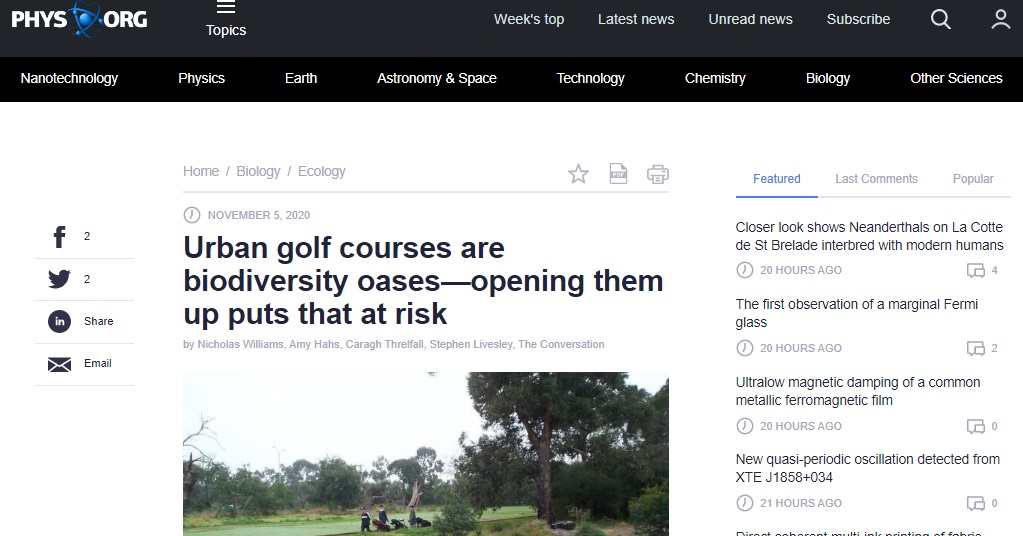
‘The results surprised us,’ they wrote. ‘Golf courses contained the greatest diversity and abundance of beetles, bees, birds and bats of all the green spaces we studied. We found ground-nesting native bees that do not occur in much of the urban landscape because it is dominated by built surfaces and exotic flowering plants.
‘The minimum number of bird species we saw on a golf course was always higher than the maximum numbers at other green spaces. We found much more evidence of birds breeding. There was also a diverse array of insect-eating birds, which are in decline in many parts of Australia.
‘Some golf courses supported all ten bat species known to occur in this part of metropolitan Melbourne. Bat activity was ten times greater than in nearby areas of housing. Golf courses also supported twice as many bat species considered ‘sensitive’ to urbanisation.’
The scientists said there are many reasons golf courses support far more than the typical ‘urban-adapted’ fauna seen in cities. A key factor is the complex vegetation structure in the large parts of golf courses such as the rough and out of bounds areas, they added.
These areas of long grass and dense, often native, shrubs have little to no human intervention. ‘These conditions are rarely found in urban parks and residential gardens, which typically have highly managed vegetation. The relatively high proportion of native plant species, many indigenous to the area, is also very important,’ they wrote.
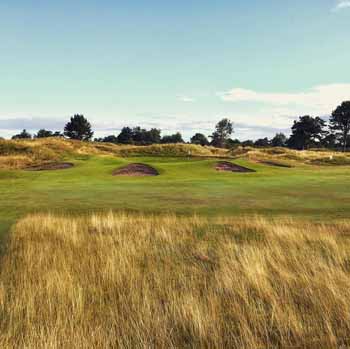
‘This complex vegetation is critical habitat for a wide array of animals such as small insect-eating birds, larger reptiles and ground-dwelling mammals. For example, occurrence records show Northcote Golf Course is an important refuge for the small population of swamp wallabies living along Merri Creek in Melbourne’s inner north [ironically, of all the golf courses in the world, The Guardian picked Northcote GC as an example of a course that would benefit the environment if it was converted into a park, in the article].
‘Greater leaf litter accumulation and lower soil compaction mean these areas have healthier soils with more biological activity. These soils can also absorb stormwater more effectively, reducing the risk of urban flooding.’
Another reason is that golf courses have many more large, old native trees. These mature trees are critical to the breeding success of hundreds of animal species as they contain hollows, which are rare in urban areas. Because golf courses often prevent other uses, old trees can be left standing longer than is tolerated in other parts of the city.
Another important factor is the exclusion of dogs and ability to control other mammals, which protects vulnerable fauna.
Golf courses also provide a large expanse of dark vegetated habitat in an otherwise illuminated landscape. This habitat is critical for nocturnal animals, as well as many birds and invertebrates. ‘Artificial light at night is emerging as one of the most pervasive threats to urban wildlife,’ they stated.
‘Large refuges of dark habitat in cities are unique and ought to be protected. However, this may be at odds with increased human activity, particularly if night lighting is needed to satisfy safety concerns.
‘We are not suggesting golf courses should not be made more accessible to the public. The Covid-19 restrictions on human movement have highlighted the value of urban green spaces as places to exercise, socialise and connect with nature. But if city golf courses are opened to the public, it is vital it not be done at the expense of their biodiversity.
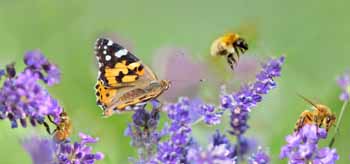
‘Indeed, shared-use models may ensure golf courses remain viable.
‘The potential for golf course managers to improve the habitat that sustains biodiversity is also great. Ways to achieve this include tree planting, direct seeding of native grasses and wildflowers, and regeneration burns. Many course managers are eager to do this, although they have to proceed cautiously because it can affect the speed of play.
‘Some urban golf courses support threatened species and communities, but all are biodiversity refuges in what can be a hostile urban landscape. We need to consider this when contemplating alternative uses.
‘High demand for green space under Covid restrictions led to calls in 2020 to temporarily open golf courses to non-golfers and fuelled public calls to ‘unlock’ or repurpose them permanently. However, this must be done carefully because many golf courses are oases of biodiversity. If more people visit golf courses, increased disturbance of wildlife is just one of the results that may be incompatible with their nature conservation values.’
The second, a US study of 135 golf courses in Minnesota, found that they offer major benefits to their local environment, particularly surrounding temperatures, pollinating, retaining stormwater nutrients and biodiversity.
Believed to be the biggest ever study conducted on the environmental impact that golf courses have on their communities, the USGA-funded Community Values of Golf Courses project saw researchers at the University of Minnesota and Michigan State University compare and contrast the golf courses with five other land uses: natural areas, city parks, suburban residential zones, urban residential zones and industrial parks.
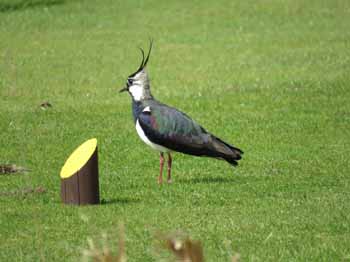
The researchers demonstrated that properly managed golf courses provide the greatest amount of cooling among land uses, are more supportive of pollinators than urban residential or industrial areas and retain more nutrients from stormwater runoff than suburban or urban residential areas.
They concluded that golf courses enhance surrounding communities in much the same way as city parks or open green spaces.
Correspondingly, the conversion of golf courses to residential or industrial use would sacrifice associated environmental value afforded to communities and could result in reduced biodiversity and increased temperatures and nutrient transport to surface and ground water, they added.
“Examining the environmental and societal impact of changing a golf course’s land footprint to a different land cover or management type can help us understand the implications of that decision on the ecosystem services provided by green spaces to the surrounding community,” added Dr Brian Horgan, a professor from Michigan State University’s Department of Plant, Soil and Microbial Sciences.
Meanwhile, The R&A, greenkeeping association BIGGA and bird charity the RSPB are to ‘explore collaborative opportunities to increase awareness and support for biodiversity conservation on golf courses’.
This comes as Sleaford Golf Club in Lincolnshire recorded wildlife on its course during the November lockdown, and the club has reported finding 41 species of birds at its venue.
The partnership will help facilitate mainstream wildlife conservation on golf courses, by promoting best practice and providing inspiration for greenkeeping teams who would like to promote biodiversity at their golf facilities.
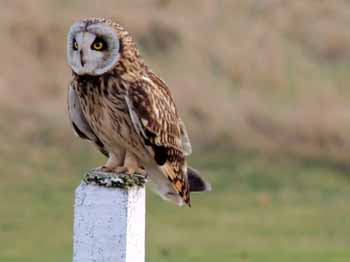
Dr Marie Athorn, RSPB business conservation officer, said: “The partnership, funded by The R&A, has a fantastic opportunity to encourage and facilitate nature conservation on golf courses. The partnership can reach the passionate and knowledgeable greenkeepers across the UK to showcase the amazing work they are already doing for nature and provide the expertise to those who want to start on their journey to helping nature on their golf course.”
Steve Isaac, The R&A’s director – Sustainability, said: “The pandemic has highlighted the health benefits golfers and other users of golf courses gain from enjoying recreation surrounded by the sights and sounds of nature. However, the aims of the partnership will only prove successful and enhance the natural value of golf courses if they are delivered on the ground. Greenkeepers will, obviously, play a vital role in this.”
James Hutchinson, BIGGA’s membership services manager for ecology and sustainability, said: “Golf courses constitute large areas of mixed habitats, from areas of trees, heathland, wildflower meadows, wetland habitat and even bunkers and, as such, they play a hugely important role in preserving the UK’s under threat wildlife species.
“Turf professionals everywhere have an awareness of their role as stewards of the wider landscape.”

























